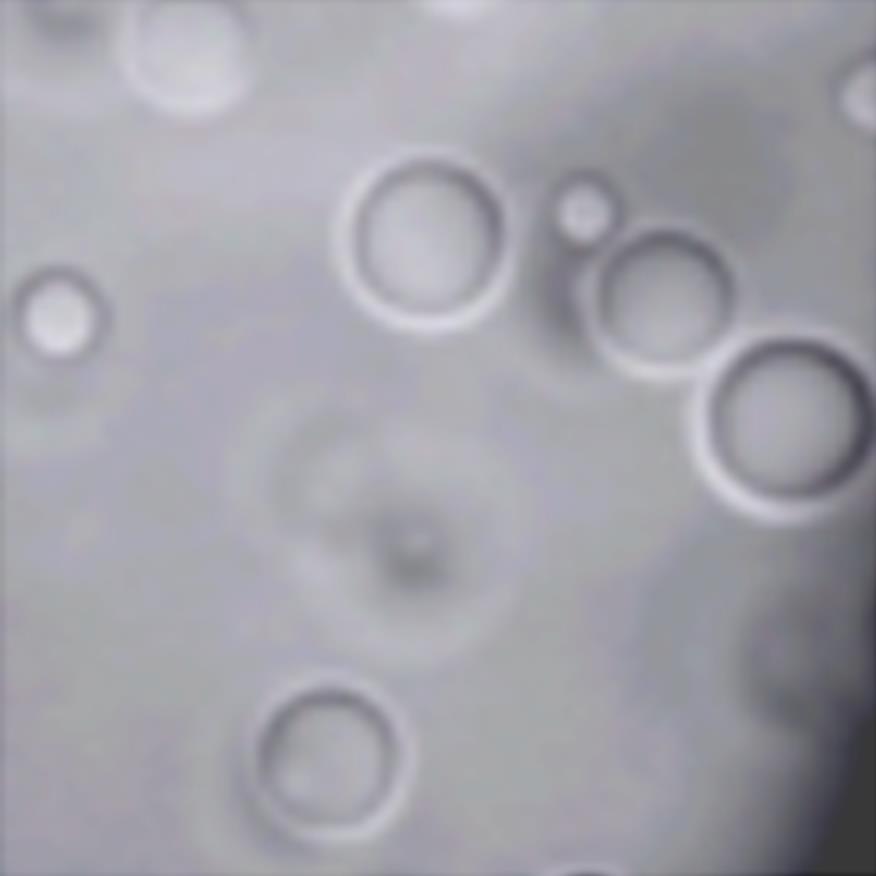Research areas/focus
Proteins are the ‘work horses’ of cells and enable almost all cellular functions, from genome organization over signaling cascades up to the mechanical support of cellular structures and transport of molecules. Neurons are especially polarized non-dividing cells with extreme extensions and diverse microenvironments, which asks for robustly regulated and highly specialized protein actions and functions in different compartments and situations. In neurodegenerative diseases and during aging, protein actions can change, and loss of function, misfunctions, and aggregation of proteins are commonly observed.
In our group we use a wide spectrum of experimental methodologies and techniques – from biophysical and biochemical techniques, to cell culture and animal models, and to postmortem human tissue - to discover the actions that proteins take during their normal function and during misfunction in the diseased brain. Thereby we currently focus on (but are not exclusive about it) the intrinsically unfolded neuronal microtubule-associated tau protein, which aggregates in multiple different neurodegenerative diseases. But tau also seems to harbor a variety of other functions in the cell that yet need to be explored. Identifying such unusual functions of tau (and other proteins) in the brain provides the opportunity to explain toxicity effects and enables the development of novel therapeutic approaches.

The following research areas are currently addressed in our group:
1. Liquid phase separation and condensation of tau and other proteins in neurodegeneration.
Transient stress granule formation in cells is driven by liquid-liquid phase separation (LLPS) of RNA-binding proteins, and in diseases conditions can lead to protein aggregation, e.g. in case of FUS and TDP-43 in ALS. We and others showed that also tau can undergo LLPS, which can initiate aggregation as well (Wegmann et al, EMBO J 2018). We want to determine the role of tau LLPS in Alzheimer’s disease and tauopathies.











